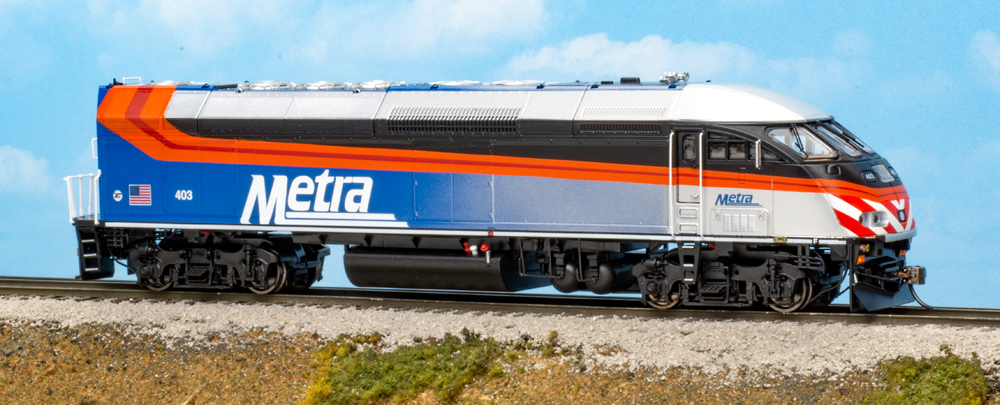
The Motive Power Industries (MPI) MP36PH-3C, a modern four-axle commuter diesel locomotive, is now available from Atlas Model Railroad Co. The HO scale Master Line model, based on True Line Trains tooling, features injection-molded plastic and die-cast metal construction, light-emitting-diode lighting, and metal knuckle couplers.
The prototype
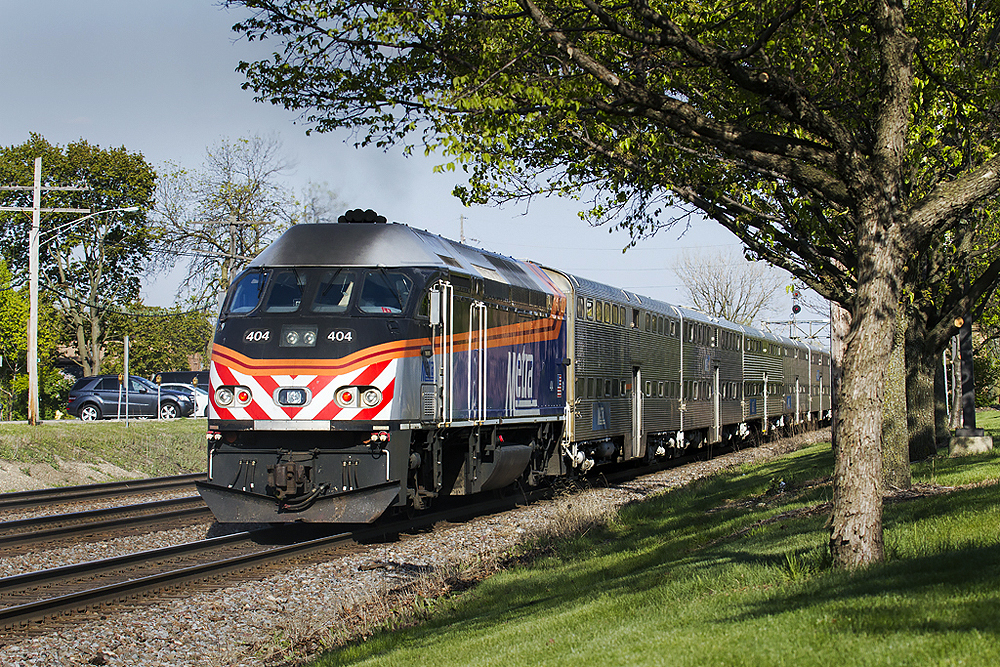
Our sample is decorated as Metra 403, part of the Chicago commuter agency’s 401 through 427 series. The full-size units, built between October 2002 and March 2004, were given the model designation MP36PH-3S (the “S” for static inverter for the head-end power [HEP]).
In the mid-2010s the static inverters were removed from the units. They were replaced with a Caterpillar engine to power the HEP. A sixth fan was added at this time (the one at the rear of the hood). The commuter units were also given a new designation: MP36PH-3C. Metra’s fleet of MP36PH-3C units are used today on its BNSF, Milwaukee District, and Rock Island lines.
Model features
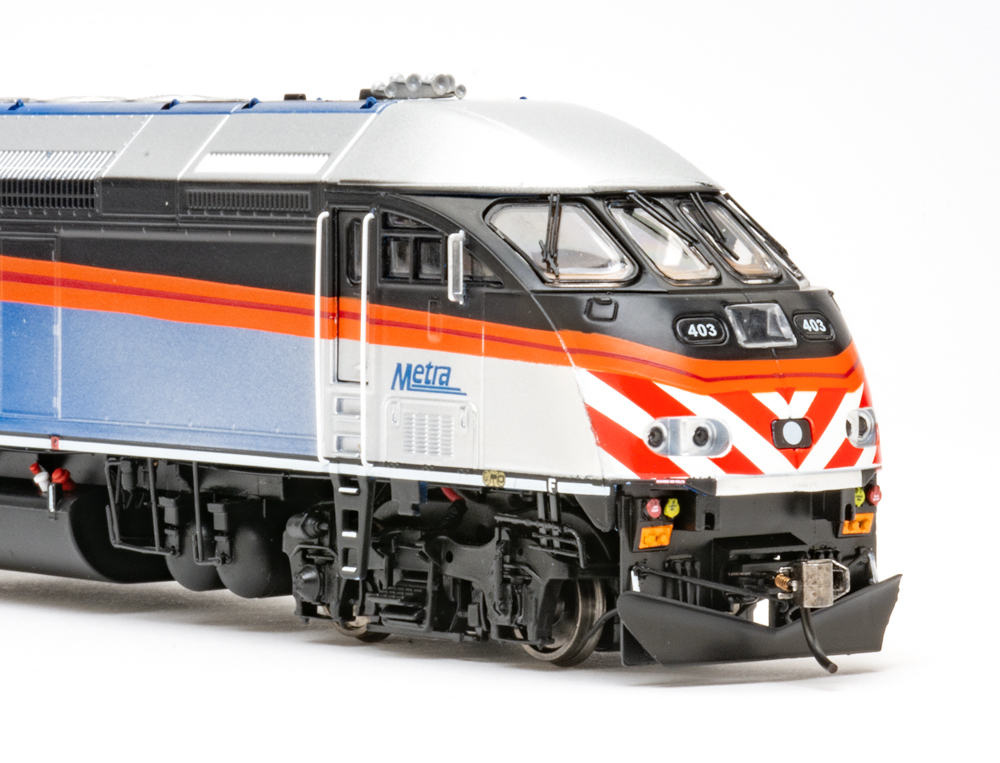
The Atlas model has a one-piece body with a variety of separate, factory-applied parts. The front and rear pilots are fitted with plastic three-hose m.u. clusters and uncoupling levers. A weed-cutter plow is attached to the front pilot. The m.u. receptacle covers are picked in yellow paint and stenciled “Loco MU”. The head-end power covers are red and lettered “Car Cont”.
The model features a detailed operator’s compartment. Inside are two seats, a desktop control stand, and a conductor’s work station. The model lacks crew figures, but they would be easy to install. The side cab doors are sprung.
Details on the body include wire grab irons, freestanding windshield wipers and rear view mirrors, and a five-chime air horn. The handrails and stanchions on the rear of the engine are plastic.
Model vs. prototype
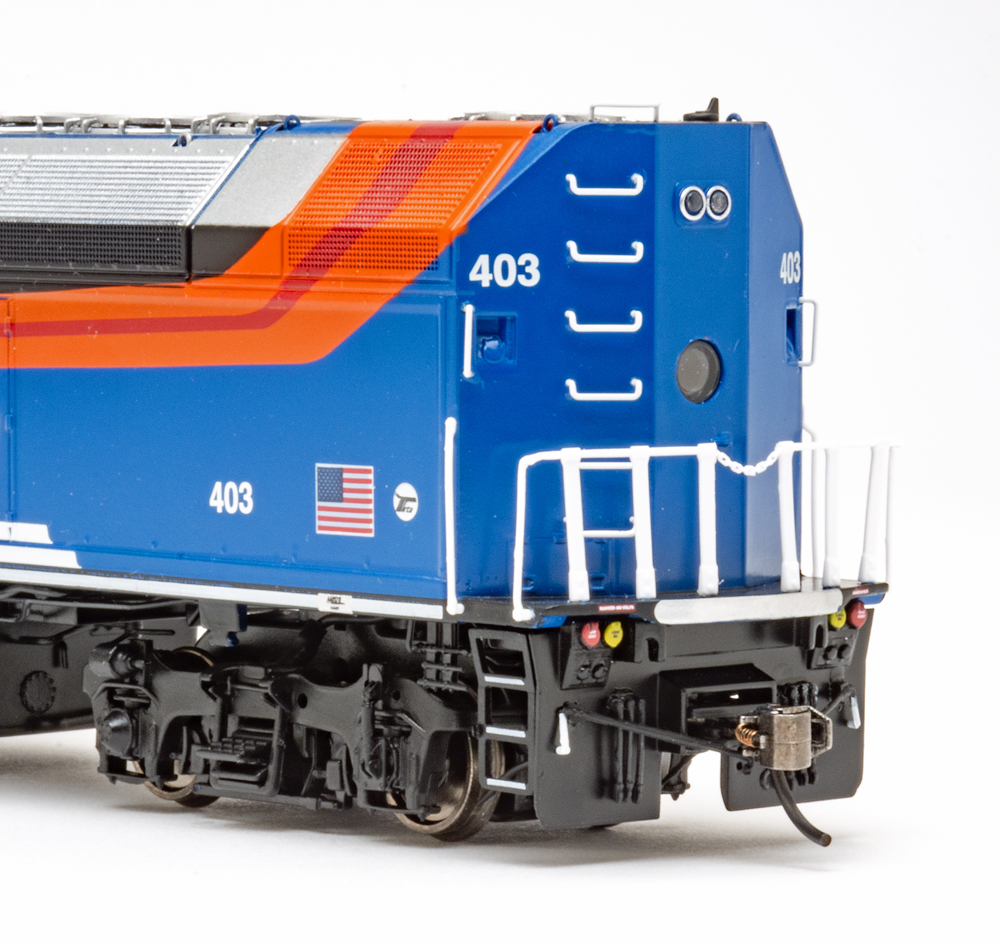
Since the Atlas model is based on a stock MP36PH-3C and the Metra units are modified MP36PH-3S diesels, there are some detail discrepancies. There are six rear handrail stanchions instead of four. In addition, the back of the unit should have stepwells, not ladders. The rear vertical grab irons also don’t match the full-size 403. The area below the sill between the front truck and pilot has a different profile than the prototype.
The locomotive is neatly painted in Metra’s as-delivered MP36 scheme. The color separation lines are crisp, and the fade effect where the silver transitions to blue behind the cab doors (below the orange stripe) is well done.

I compared the model to prototype drawings in the March 2008 Railroad Model Craftsman. The truck centers are 42′-8″ instead of 43′-3″, the wheelbase is 9′-4″ instead of 9′-0″, and the distance between the end plates is 63′-3″ instead of 65′-10″. The fuel tank, air reservoirs, and toolbox are also too far forward.
The MP36PH-3C we received has a dual-mode ESU LokSound V5 sound decoder. I tested the unit with an NCE PowerCab. At step 1, the commuter engine crawled along at less than 1 scale mph. At step 28, the contemporary unit achieved a top speed of 67 smph. The full-size locomotives can achieve a top speed of 108 mph.

The four-axle road locomotive registered a drawbar pull of 2.4 ounces. That’s equivalent to 11 free-rolling passenger cars on straight and level track. The locomotive has a recommended radius of 22″ when operated with Atlas passenger cars.
If you model modern commuter operations, you’ll want to check out the Atlas MP36PH-3C. The full-size units can be found throughout the United States and Canada.
Facts & features
Price: Direct-current model with factory-installed speaker, $229.95; with dual-mode ESU LokSound V5 sound decoder, $349.95
Manufacturer
Atlas Model Railroad Co.
378 Florence Ave.
Hillside, NJ 07205
Era: 2003 to present (as decorated)
Road names: Metra, Massachusetts Bay Transportation Authority, Metrolink, and West Coast Express.
Features
- Metal knuckle couplers. Front at correct height, rear .010″ too low
- Metal wheel stubs mounted on plastic drive axle gears, correctly gauged
- Weight: 14.8 ounces






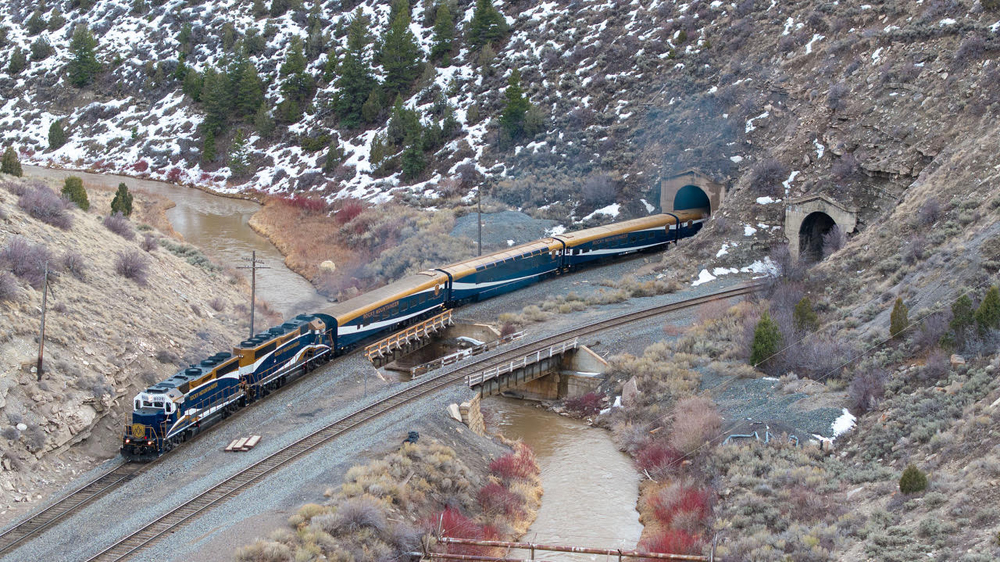
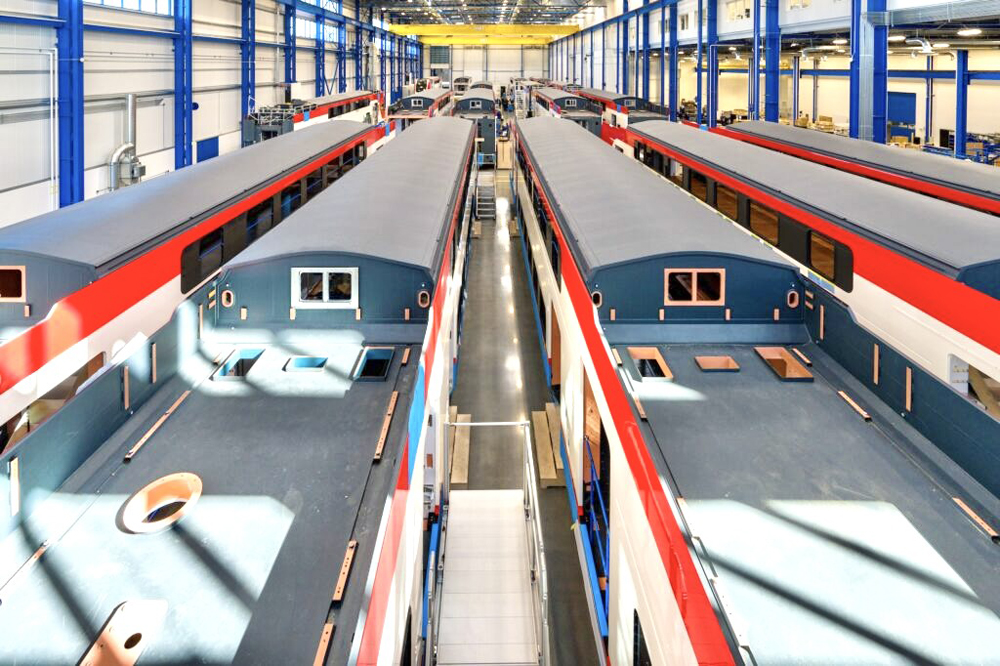
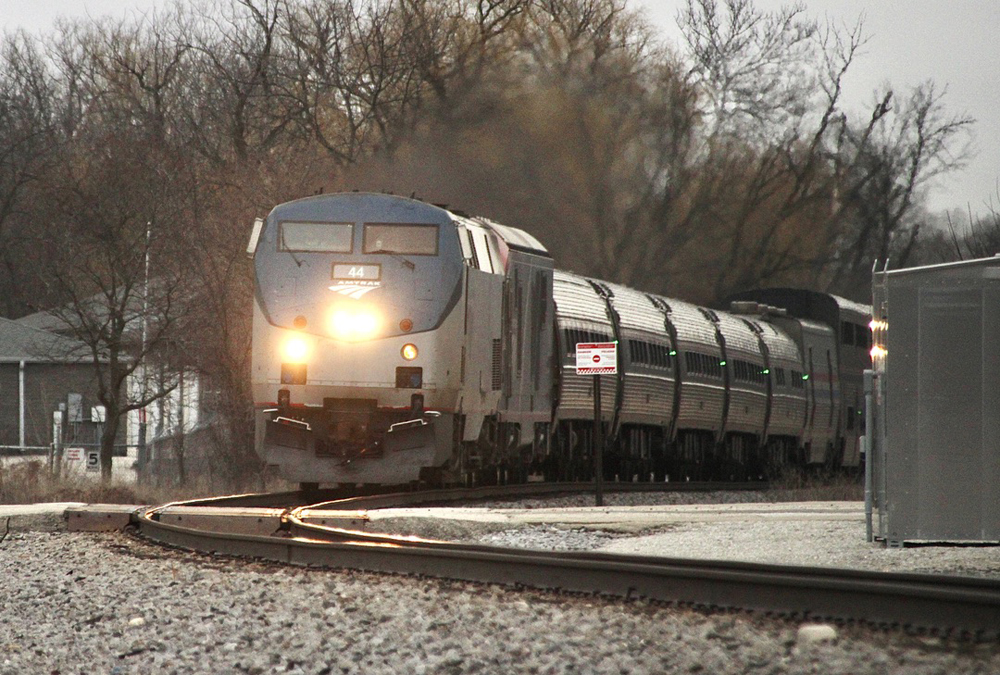
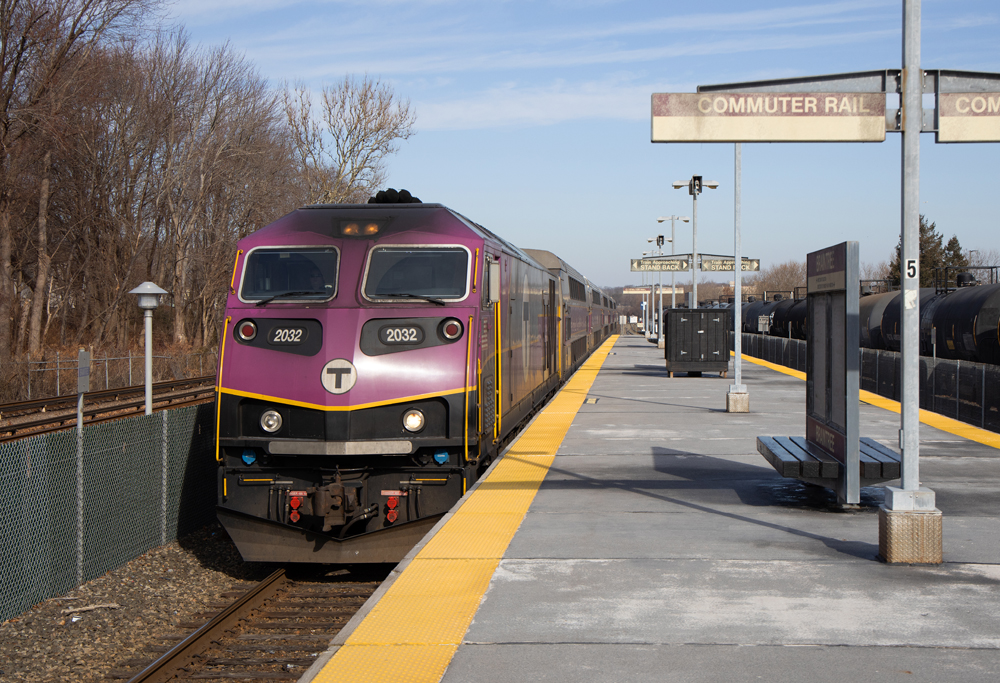




These are great looking HO scale models. I hope one day, they’ll offer these locos and passenger coaches for the Virginia Rail Express (VRE) that operate what appear to be the same consists.